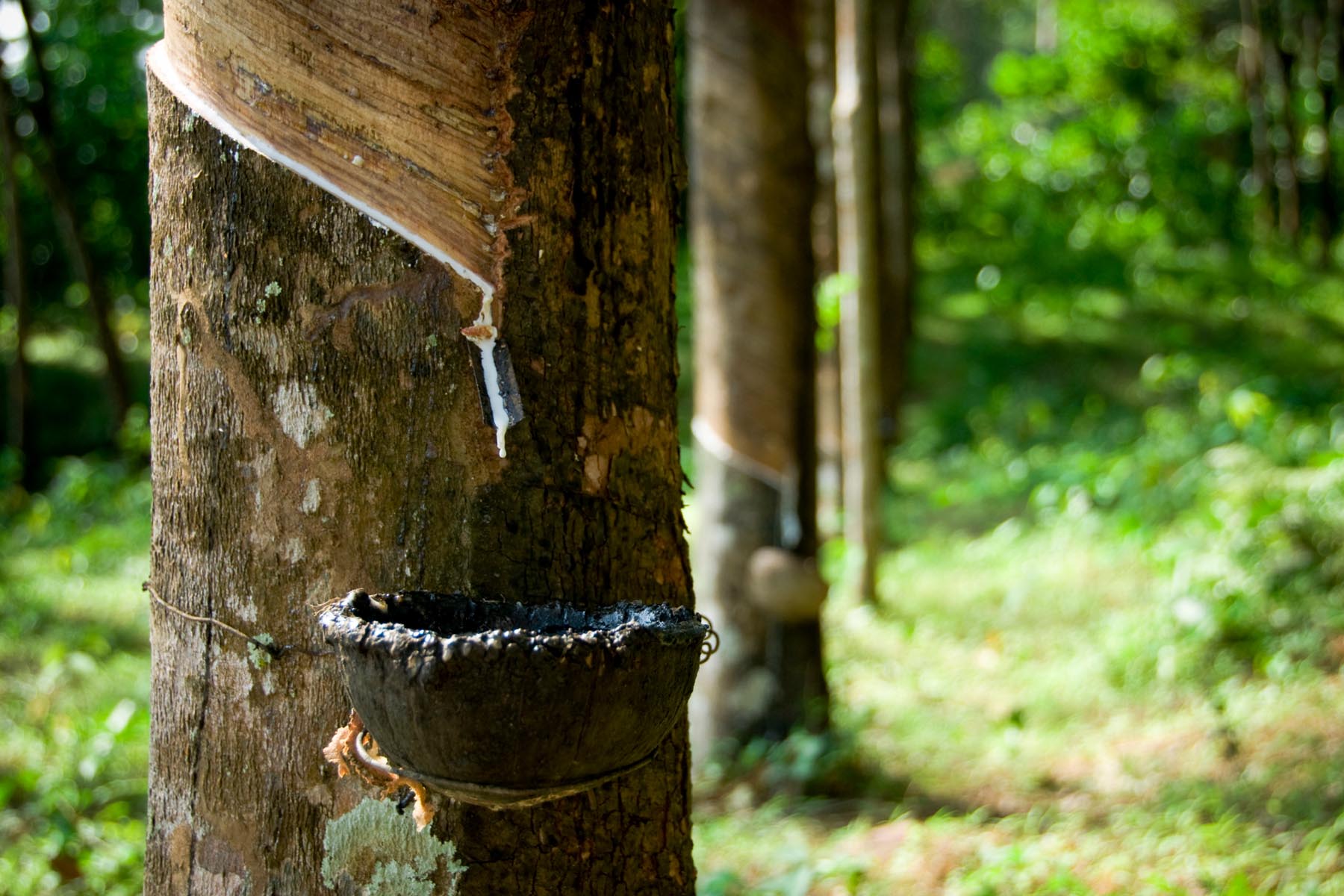Unveiling the secrets of the live rubber tree plant, this comprehensive guide embarks on a journey of discovery, providing expert insights and practical tips to cultivate a thriving indoor oasis.
From watering and sunlight to pruning and propagation, delve into the intricacies of live rubber tree care, empowering you to nurture a vibrant and resilient plant that adds a touch of tropical elegance to your living space.
Plant Care Guide

The live rubber tree plant (Ficus elastica), native to tropical regions of Asia, is known for its striking, glossy leaves and air-purifying abilities. Caring for a live rubber tree plant is relatively straightforward, but it requires specific attention to its needs for optimal growth and health. This guide provides detailed instructions on how to care for a live rubber tree plant, ensuring its thriving presence in your home or office space.
Watering
Live rubber tree plants prefer consistently moist soil but do not tolerate waterlogged conditions. Allow the top inch of soil to dry out between waterings. During the growing season (spring and summer), water more frequently, approximately once a week. Reduce watering during the dormant season (fall and winter) to every 10-14 days. Avoid overwatering, as it can lead to root rot.
Sunlight
Live rubber tree plants thrive in bright, indirect light. They can tolerate low light conditions but may grow leggy and lose their vibrant leaf color. Avoid placing the plant in direct sunlight, as this can scorch the leaves. East- or west-facing windows provide ideal lighting conditions.
Temperature
Live rubber tree plants prefer warm temperatures between 65-80°F (18-27°C). Avoid exposing the plant to temperatures below 55°F (13°C), as this can damage the leaves. Protect the plant from cold drafts and sudden temperature fluctuations.
Humidity
Live rubber tree plants prefer moderate to high humidity levels. In dry environments, mist the leaves regularly or use a humidifier to increase humidity. Grouping the plant with other plants or placing it on a tray filled with pebbles and water can also help raise the humidity around the plant.
Fertilization
Fertilize live rubber tree plants monthly during the growing season (spring and summer) with a balanced liquid fertilizer. Avoid overfertilizing, as this can damage the roots. During the dormant season (fall and winter), reduce fertilization to once every 6-8 weeks.
Summary Table
| Care Aspect | Specifics |
|—|—|
| Watering | Allow top inch of soil to dry out between waterings |
| Sunlight | Bright, indirect light |
| Temperature | 65-80°F (18-27°C) |
| Humidity | Moderate to high |
| Fertilization | Monthly during growing season with balanced liquid fertilizer |
Troubleshooting Common Issues

Live rubber tree plants are generally low-maintenance, but they can encounter some common problems. Here’s how to identify and resolve these issues:
Yellowing Leaves
- Cause: Nutrient deficiency, overwatering, or insufficient light.
- Solution: Fertilize regularly, water only when the soil is dry to the touch, and provide bright indirect light.
Leaf Drop
- Cause: Underwatering, overwatering, or temperature stress.
- Solution: Water regularly, allowing the soil to dry out slightly between waterings. Maintain a temperature range of 60-80°F (15-27°C).
Pests
- Cause: Spider mites, mealybugs, or scale insects.
- Solution: Treat with insecticidal soap or neem oil. Isolate the plant to prevent spread.
Propagation and Styling: Live Rubber Tree Plant

Propagating and styling live rubber tree plants can enhance their beauty and add a touch of greenery to your home. Let’s explore how to propagate these plants and style them to suit your preferences.
Propagation, Live rubber tree plant
Live rubber tree plants can be propagated through stem cuttings or air layering. Stem cuttings involve taking a healthy stem from the mother plant and rooting it in a suitable medium. Air layering involves promoting root growth on a branch while it is still attached to the parent plant before severing it.
Styling
Once your live rubber tree plant is established, you can style it to your liking. Pruning helps control the plant’s size and shape, while shaping involves training the branches to grow in a specific direction. With proper care and attention, you can create a stunning and unique live rubber tree plant that complements your home decor.